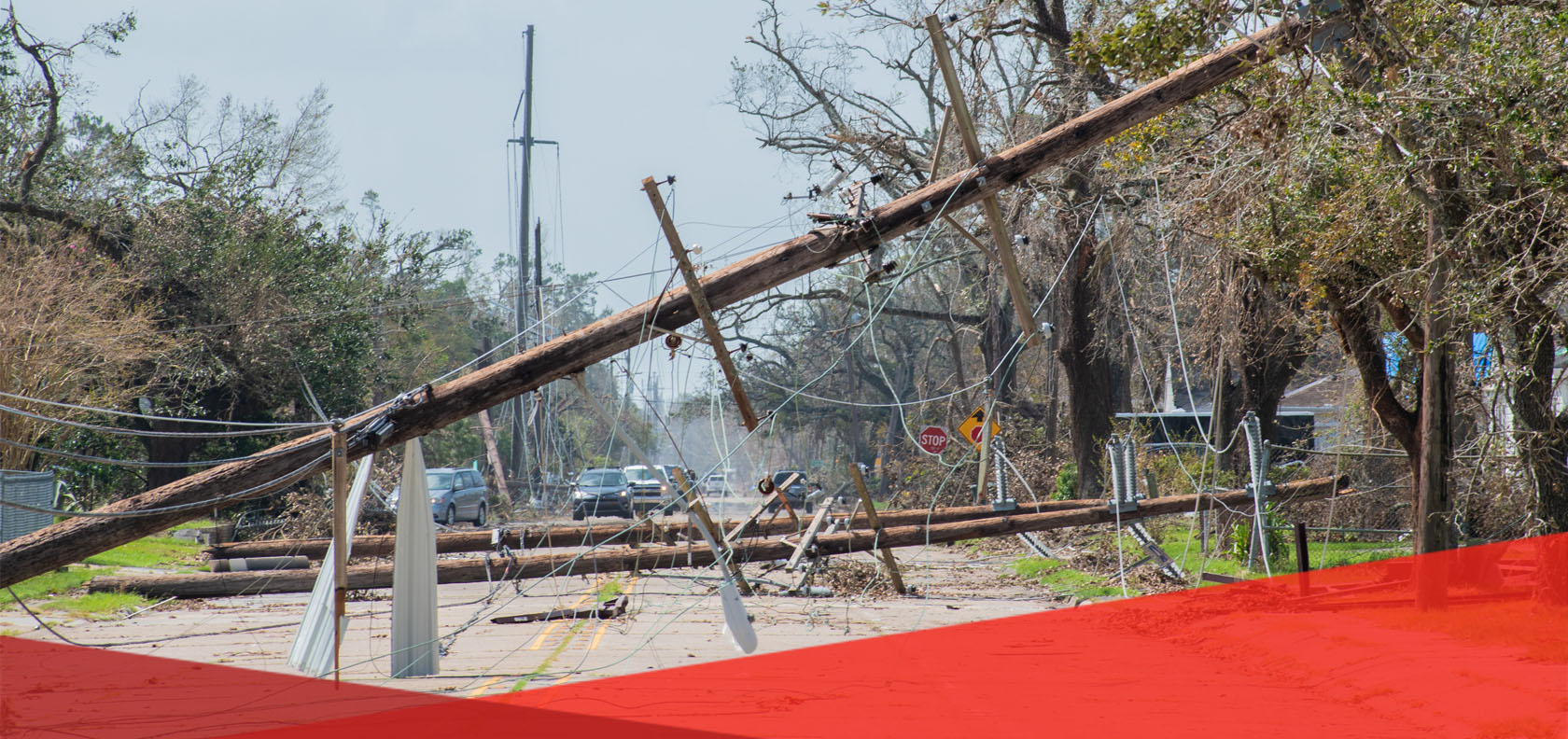Hurricane Survival Tips | MAPFRE Insurance Blog

Preparing for Summer Storms and Hurricanes
The 2022 Atlantic hurricane season officially begins June 1 and this year the National Oceanic and Atmospheric Administration predicts a 65% chance of an above-normal season. Forecasters at NOAA were also forecasting a range of 14 to 21 named storms (winds of 39 mph or higher). Of those storms, six to 10 of them could potentially become hurricanes (winds of 74 mph or higher), NOAA reported.
Hurricanes can bring high winds, heavy rain, storm surge and flooding which can cause major damage to your property. The parts of the country that tend to deal with the most hurricanes, according to NOAA, are the Gulf Coast states and the Atlantic Coast.
In 2021, there were 21 named storms, including seven hurricanes four of which were major hurricanes.
A list of names for the 2022 storms selected by the World Meteorological Organization is as follows:
- Alex
- Bonnie
- Colin
- Danielle
- Earl
- Fiona
- Gaston
- Hermine
- Ian
- Julia
- Karl
- Lisa
- Martin
- Nicole
- Owen
- Paula
- Richard
- Shary
- Tobias
- Virginie
- Walter
Not all storms make landfall but ones that do after increasing in intensity can lead to more damage and potential flooding. That’s why it’s important to physically prepare your home accordingly but also to make sure you have adequate insurance coverage.
The American Red Cross has a number of recommendations that can help you stay safe in the event of a storm:
Stay informed
- Monitor weather reports
- Sign up for free text and email alerts offered by your local community
- Have a battery-powered radio on hand
Stock up on supplies
- Gather food, water, medicine and other supplies into a Go-Kit (3 days of supplies) and a Stay-at-Home Kit (2 weeks’ worth of supplies)
- Have backup batteries and chargers for your devices (cell phone, CPAP, wheelchair, etc.)
- Have a 1-month supply of medication in a child-proof container
- Turn your refrigerator and freezer to the coldest setting. Keep them closed as much as possible so that food will last longer if the power goes out
- Secure personal, financial and medical records
Prepare electronic devices and appliances
- Charge electronic devices like cell phones, tablets and laptops ahead of time in case the power goes out
- Unplug small appliances
Prepare the outside of your home
- Secure items outside, such as lawn furniture and trash cans, that could be picked up by high winds
- Anchor objects that would be unsafe to bring inside, such as gas grills and propane tanks
- Trim or remove trees close enough to fall on your home
- Protect windows with permanent storm shutters or pre-cut plywood
- Clean out drains, gutters and downspouts
- Stockpile protective materials such as plastic sheeting and sandbags in the event of flooding
Know your evacuation route
- Fill up your gas tank
- Plan out your route
- Find out where the local shelters are
If you are ordered to evacuate by local authorities, leave your home immediately! If you are not in a mandatory evacuation zone or choose not to leave, the Red Cross recommends you:
- Determine your best protection for high winds and flooding
- Take shelter in a designated storm shelter or an interior room for high winds
- Stay away from glass windows, skylights and glass doors
- Move to higher ground before flooding begins
Preparing your family and your home is important, but you should also make sure you have the right type and coverage on your property insurance policy well in advance of an impending storm. To do this, the Insurance Information Institute recommends starting with reviewing your insurance policy with your independent agent to see how much coverage you have, what your deductibles are and how potential claims would be paid. Keep in mind, if you don’t have flood insurance, you should probably consider it because it is a separate add on to your homeowner’s insurance.
“You should also ask about flood insurance, which is an additional coverage to standard homeowners, condo and renters policies, as well as a small business insurance policy,” said Sean Kevelighan, CEO of III. “Nearly 90 percent of natural disasters involve flooding.”
Flood insurance can be obtained through FEMA’s National Flood Insurance Program and by contacting your independent agent.
Should you need to make a claim due to any kind of storm damage, remember that you can start the process at any time by visiting the MAPFRE website.
Please Note: This content is not intended to describe any specific coverage offered by MAPFRE Insurance. No coverage is provided, bound or guaranteed by this article. Available coverages, credits and discounts vary from state to state and are subject to eligibility criteria and policy terms/conditions, which will control in the event of conflict between this article and your insurance policy. For information about your policy, please review your individual policy contract and speak with your insurance representative.
MAPFRE Insurance® is a brand and service mark of MAPFRE U.S.A. Corp. and its affiliates, including American Commerce Insurance CompanySM (Cal. COA 4928-8), Citation Insurance CompanySM, The Commerce Insurance CompanySM, Commerce West Insurance CompanySM (Cal. COA 1372-2), MAPFRE Insurance CompanySM (Cal. COA 3039-5), and MAPFRE Insurance Company of FloridaSM.